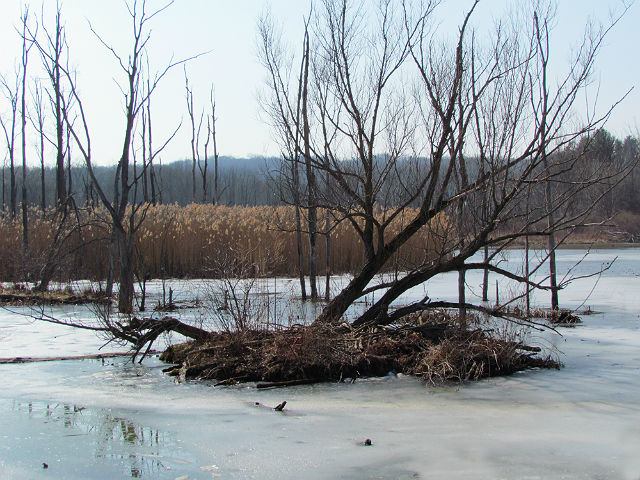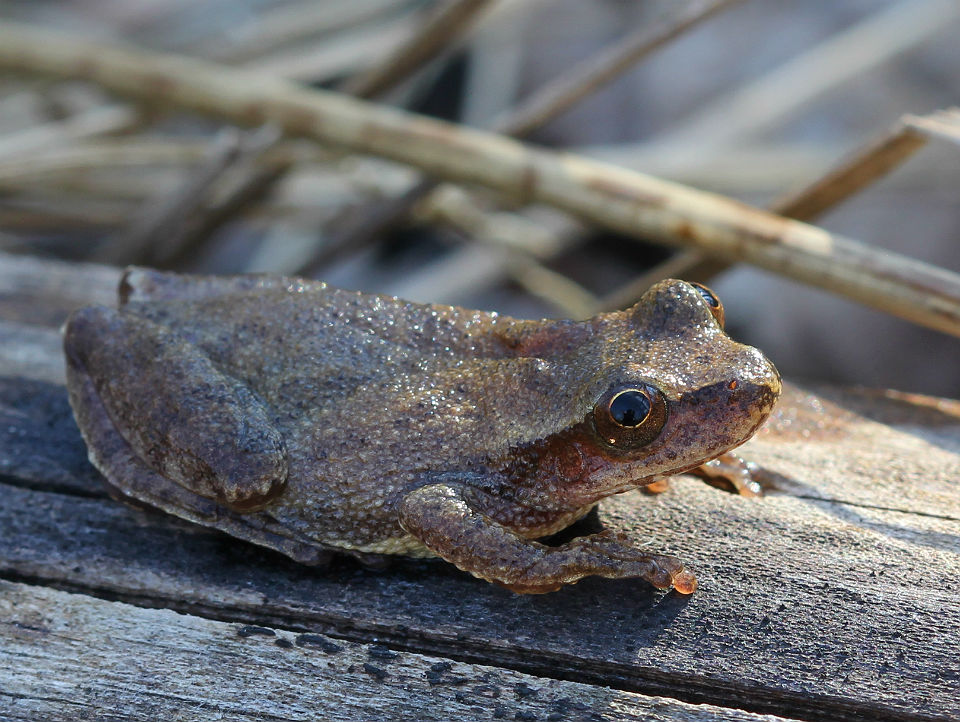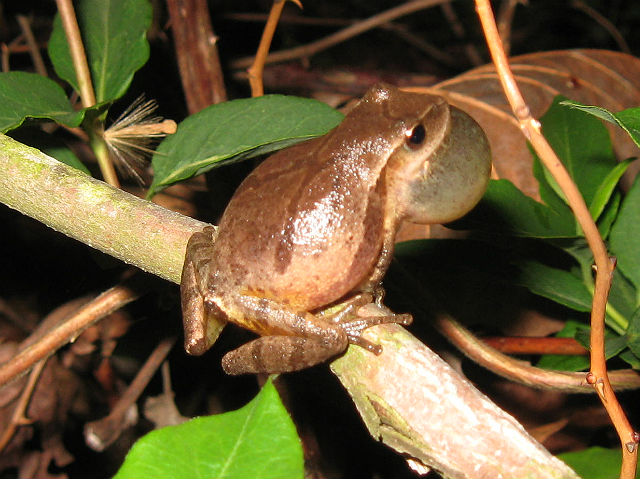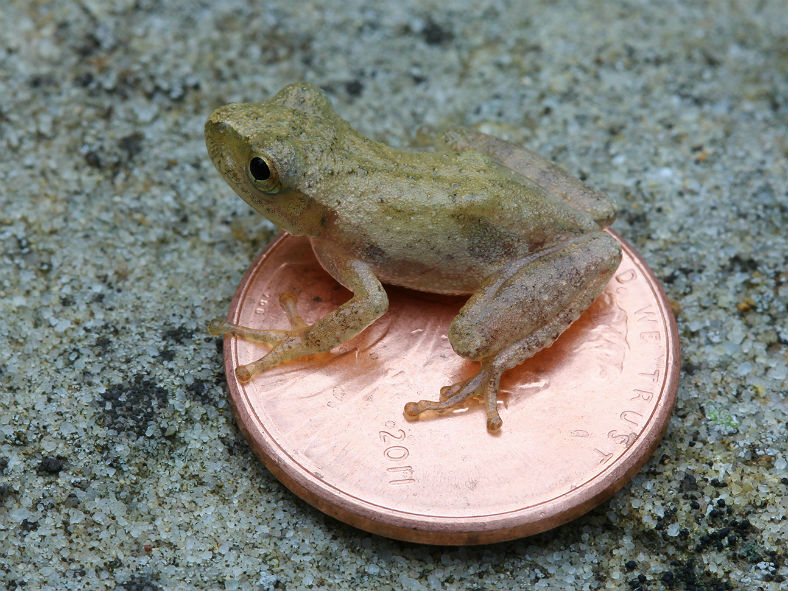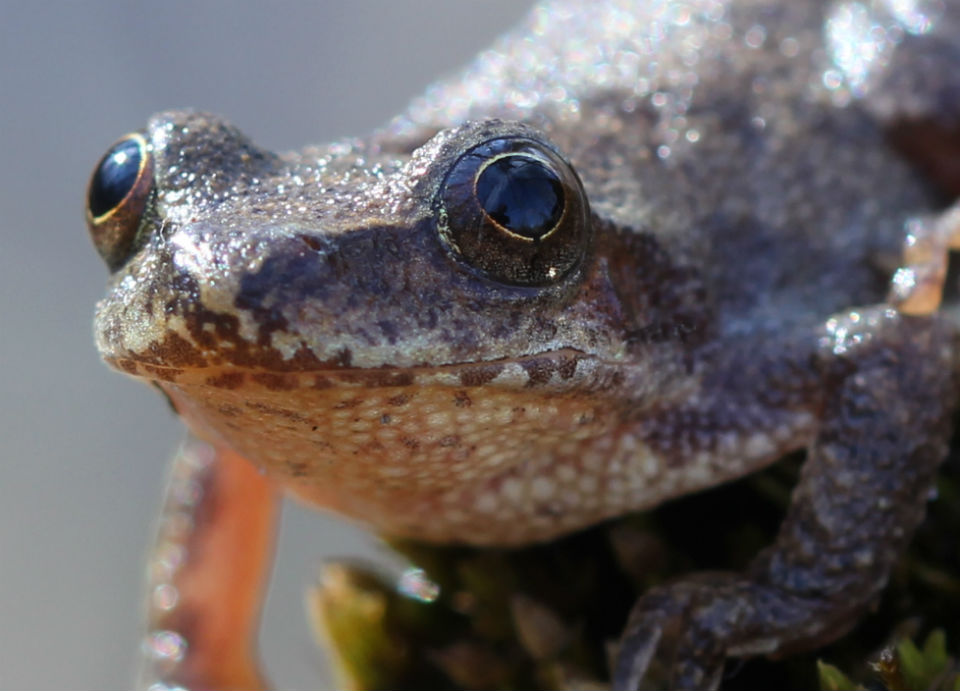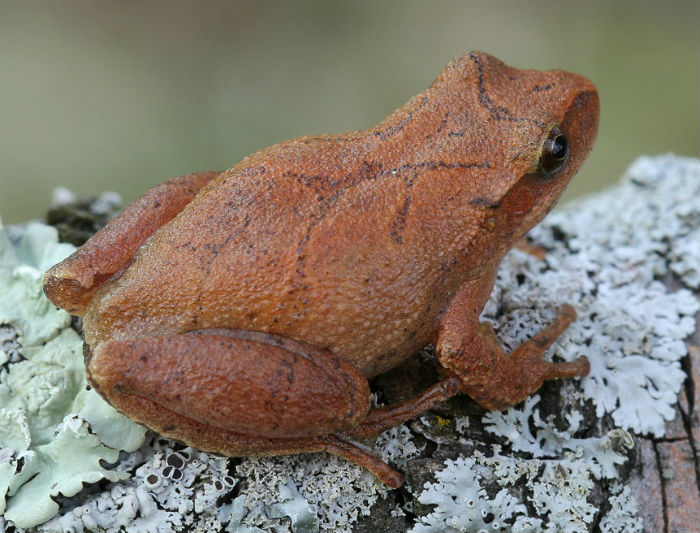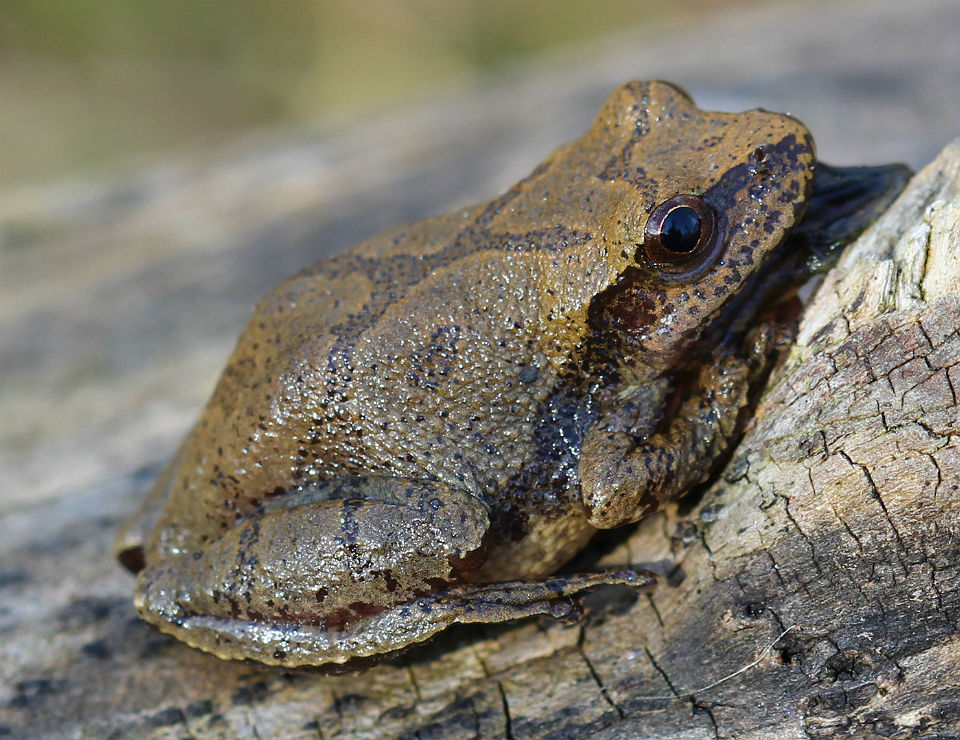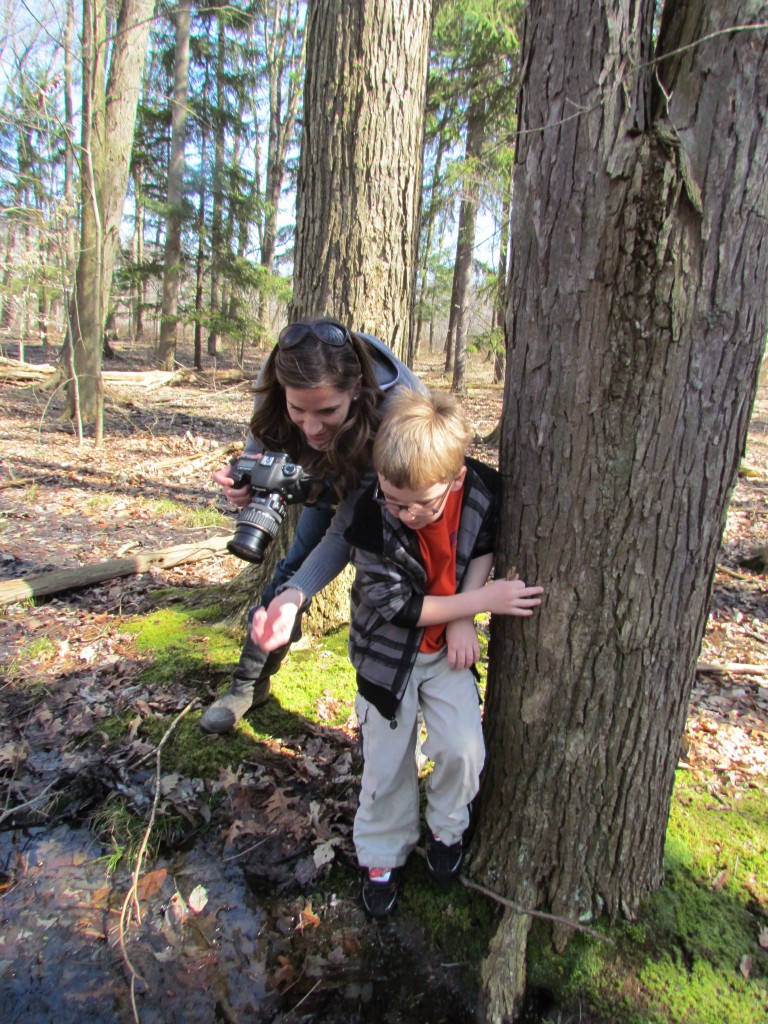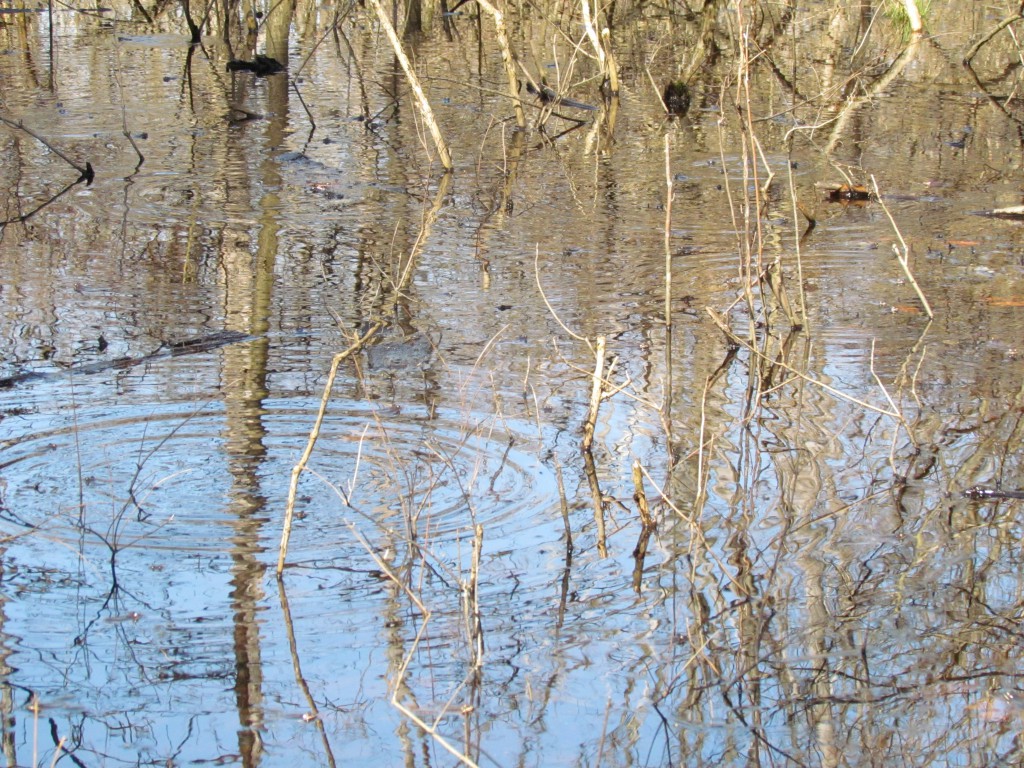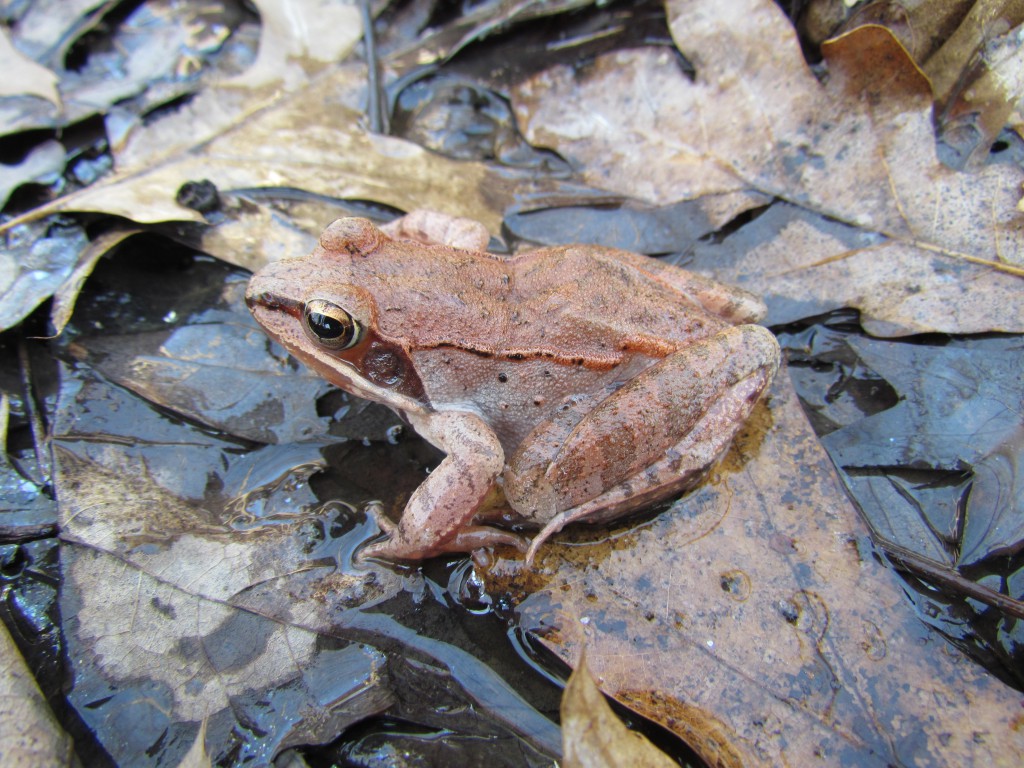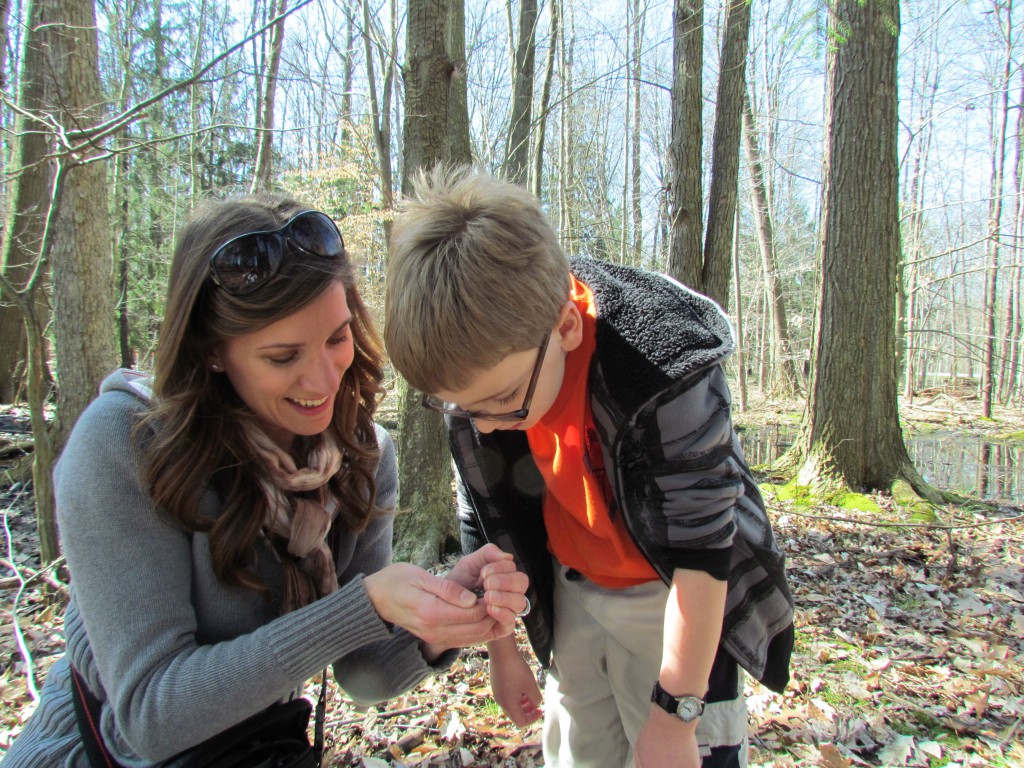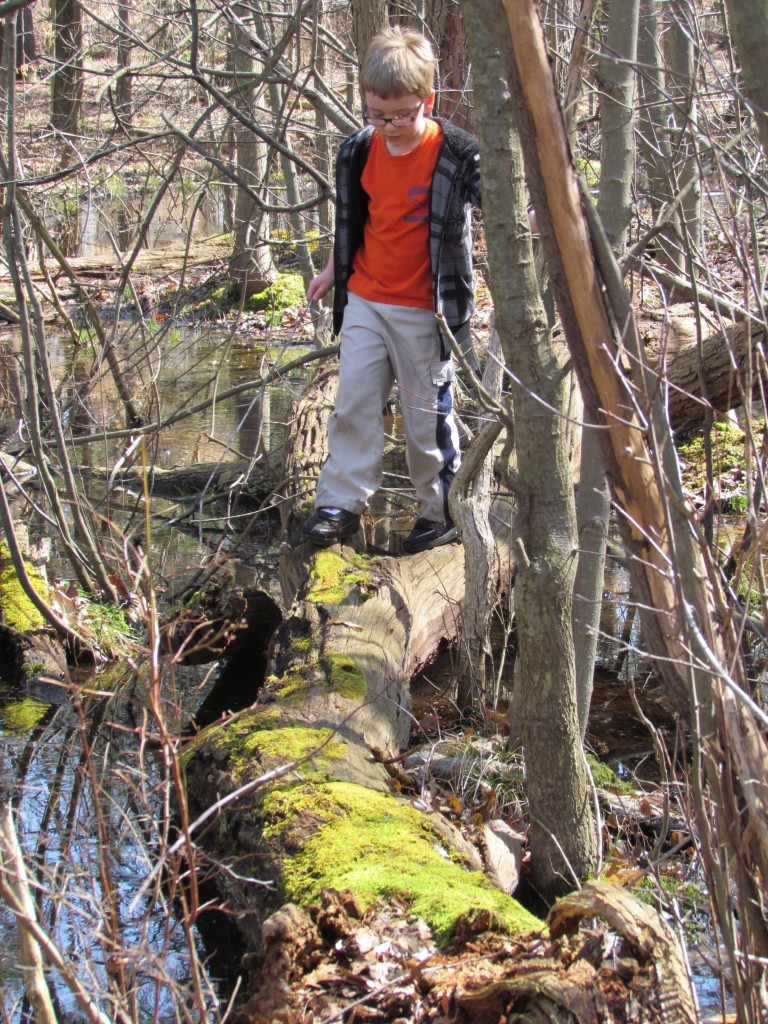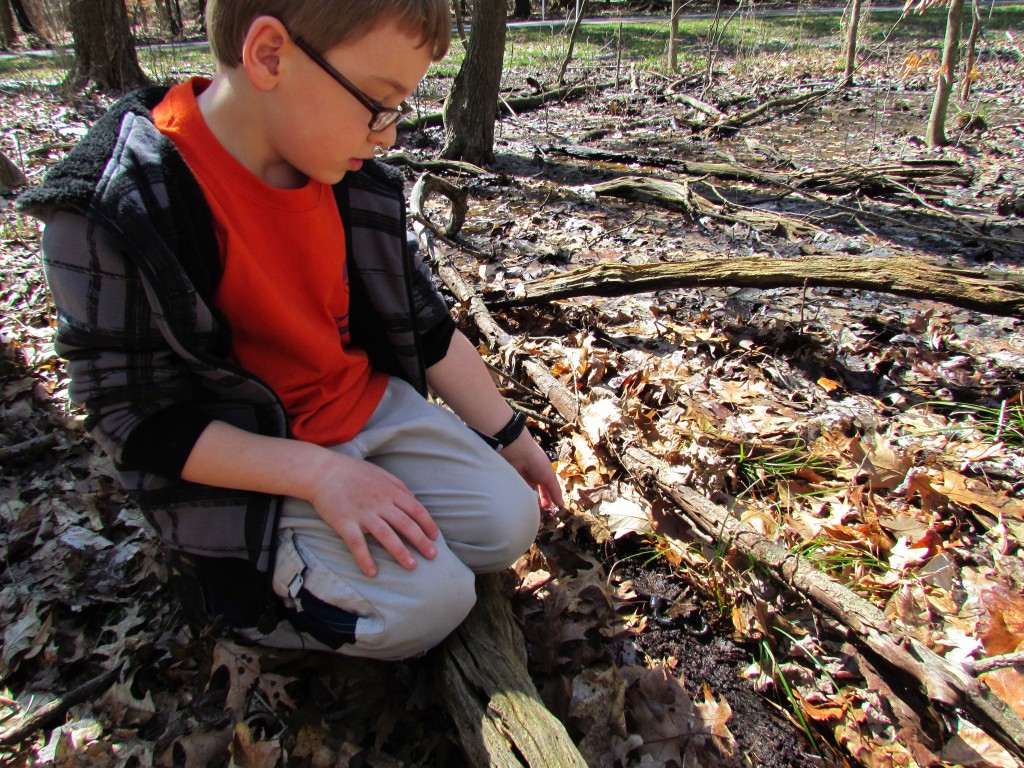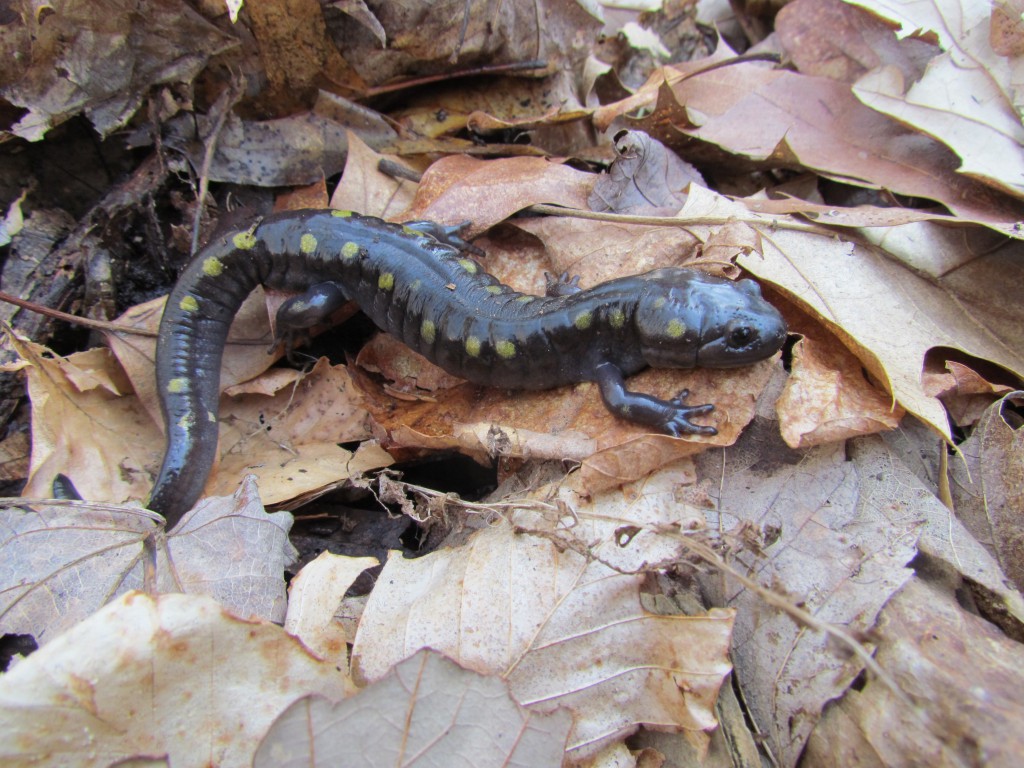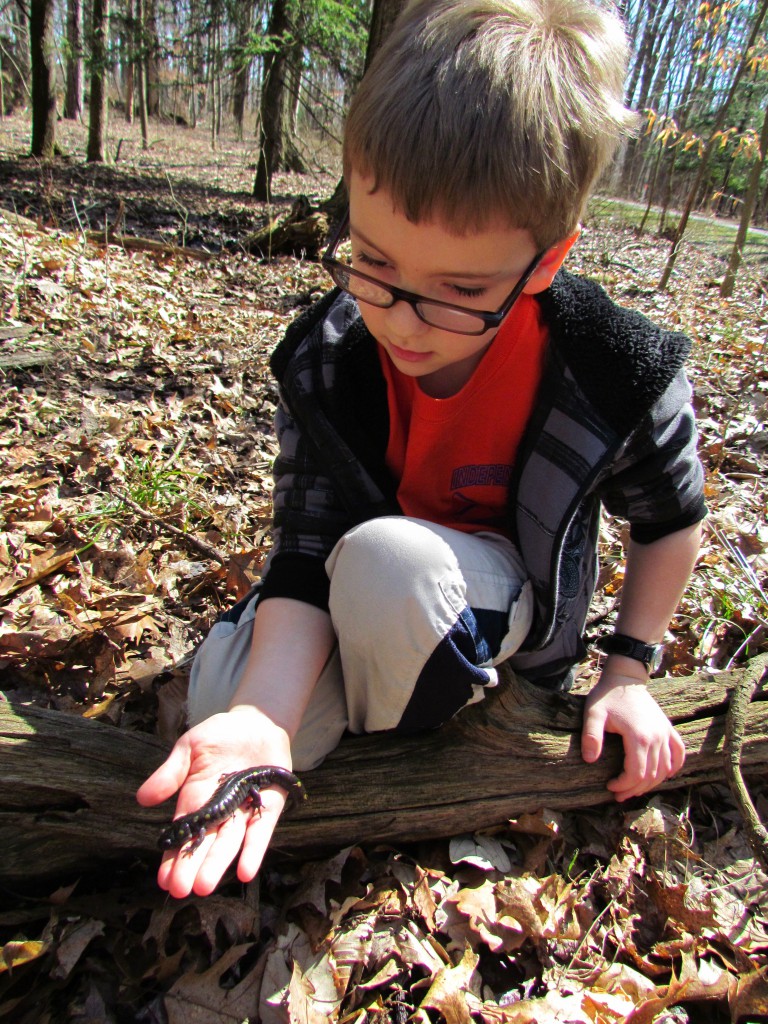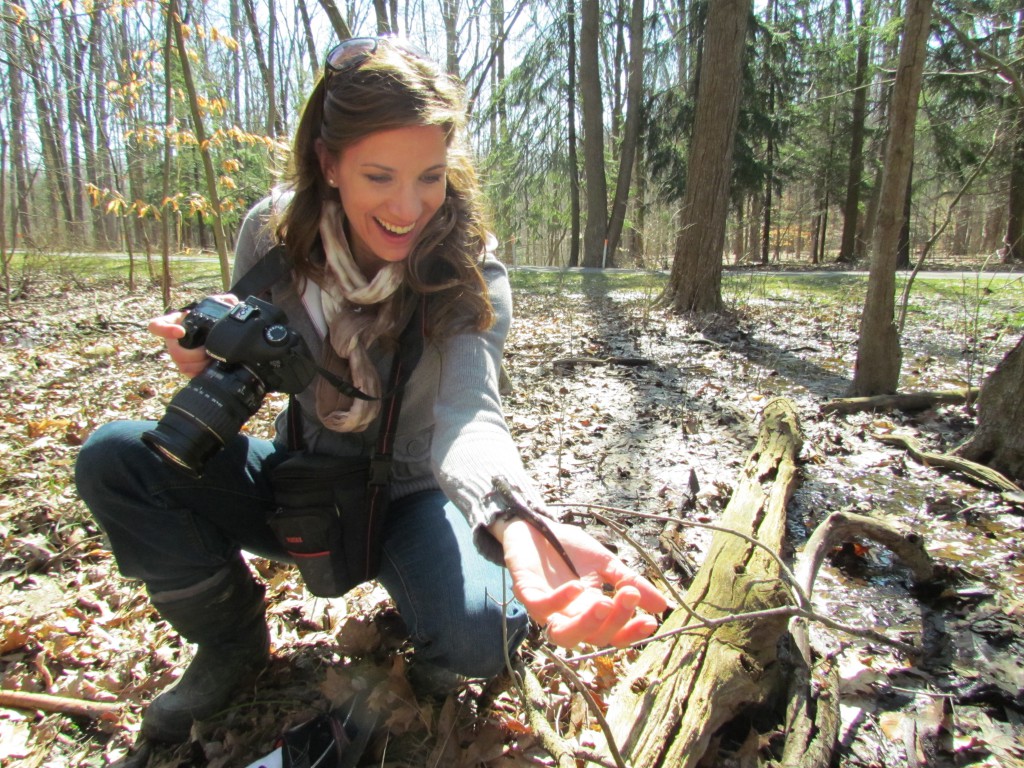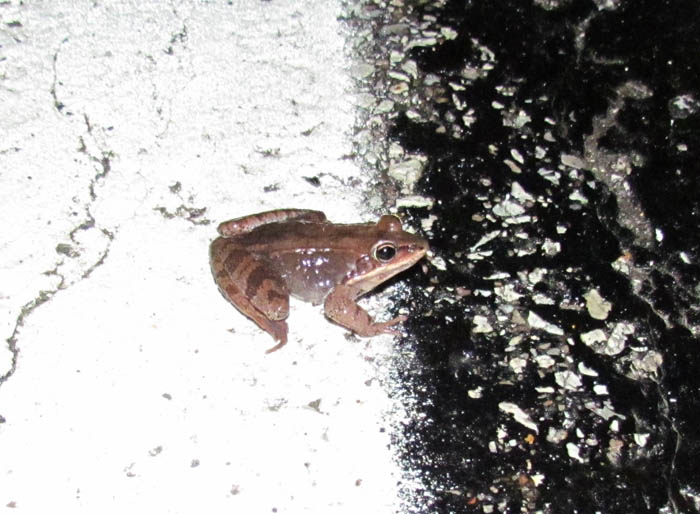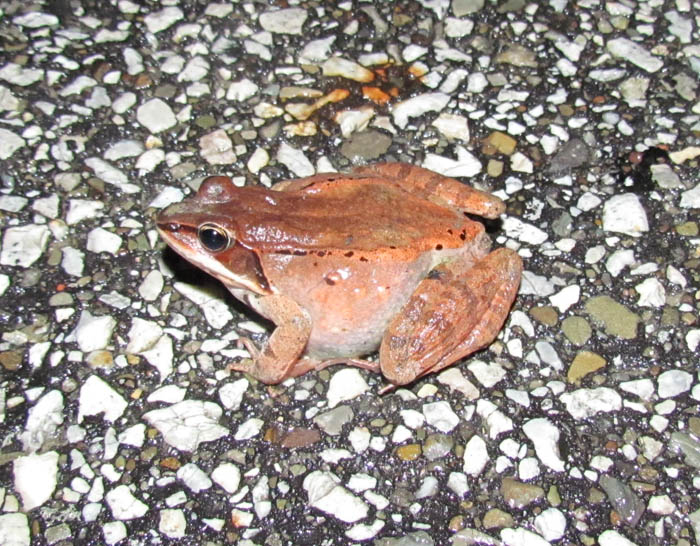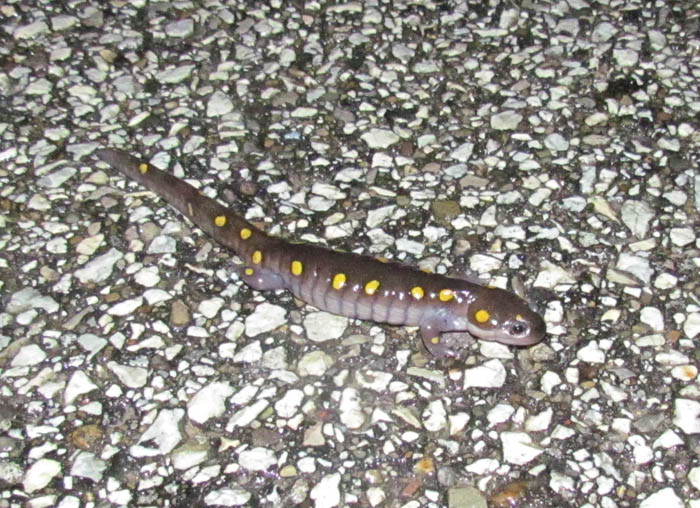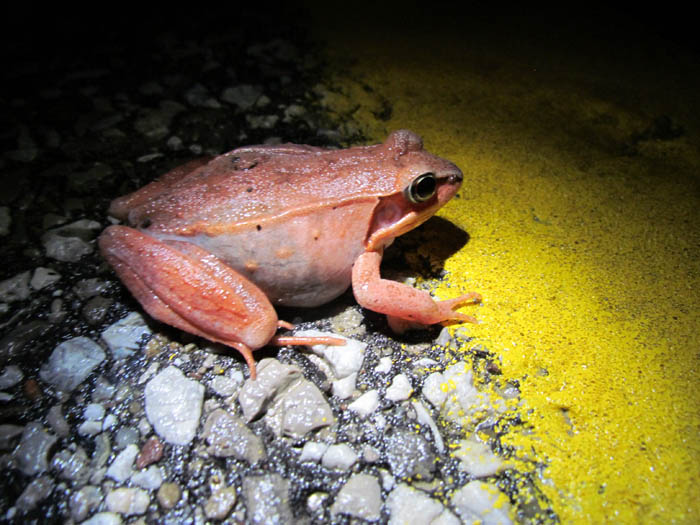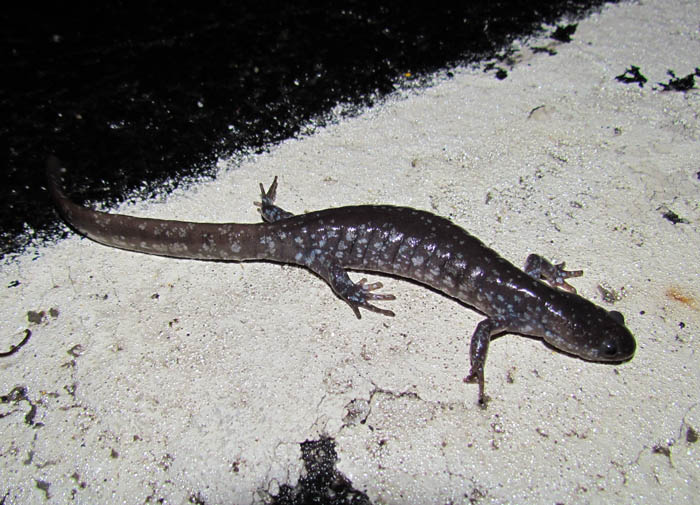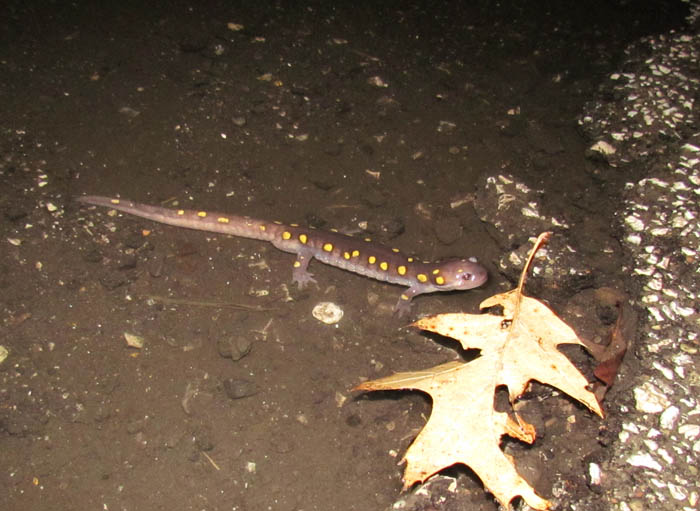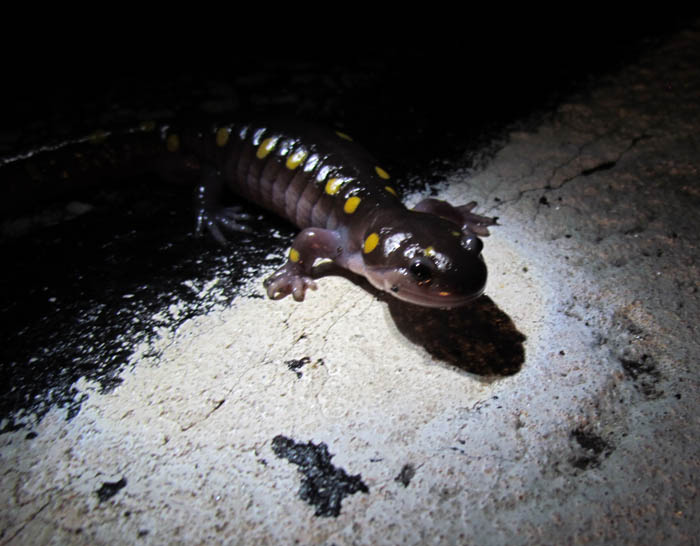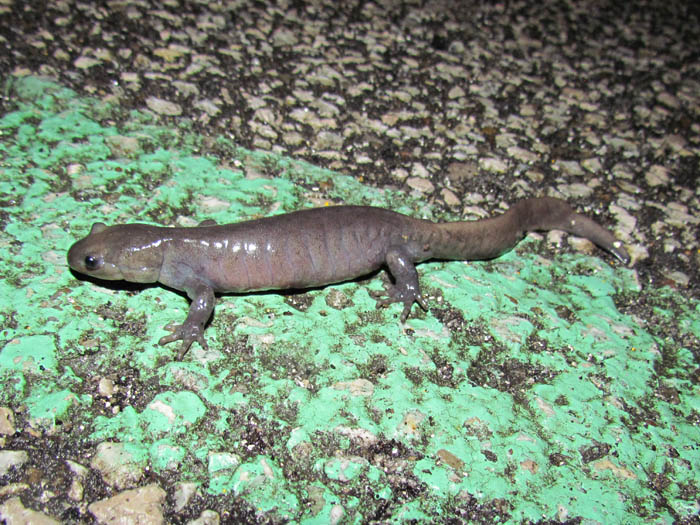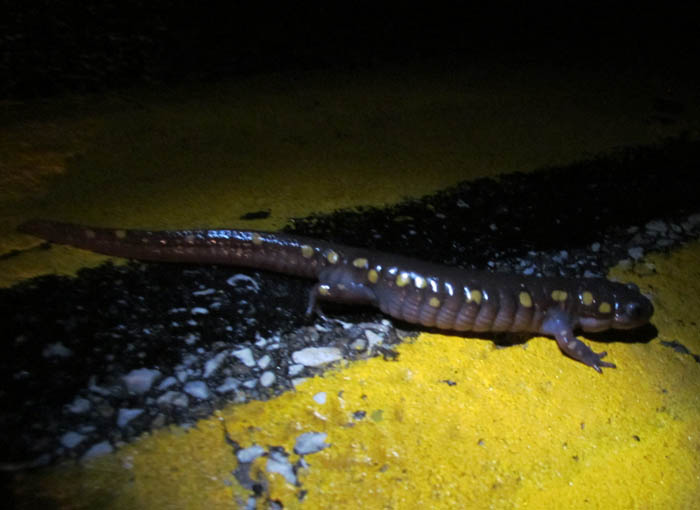This tiny frog can be heard calling any month of the year in Ohio if conditions are right. This usually means rain and temperatures above freezing. Even in late Fall or Winter it is not unusual for me to hear a lone frog calling when on a hike.
Though an individual can be heard “peeping” at this time of year, this frog’s “claim to fame” is being a harbinger of Spring. Large groups of these amphibians often gather and call – in some cases producing very loud choruses of sound.
For some, seeing an American Robin is an indication of the coming of Spring. For fans of amphibians, hearing many of these tiny frogs calling indicates that Winter is loosening its icy grip on the landscape. The fact that this little creature functions at low temperatures is amazing to me.
Found in wooded areas and grassy lowlands near ponds and swamps in the central and eastern parts of Canada and the United States, these miniature, well-camouflaged amphibians are rarely seen. But the mid-March crescendo of nighttime calling from males is a sign that warmer days are just around the corner.
Spring Peepers are tan or brown and have at least some ability to change color. They only grow to about 1-1/2 inches and have toe pads for climbing, though they are more at home amid the loose leaves on the forest floor than in trees.
A distinctive “X” on their back is a good indentification characteristic. This marking accounts for their Latin species name, crucifer, which translates as “one who bears a cross.”
These frogs breed in freshwater ponds or pools and prefers to use waterways where there are no fish. They often use temporary ponds that dry up after their tadpoles have transformed into adult frogs and left the water.
The Spring Peeper mainly eats small insects, including ants, beetles and flies. It will also consume spiders. It is believed that food is chosen more by availability and size than by actual preference for a certain item.

